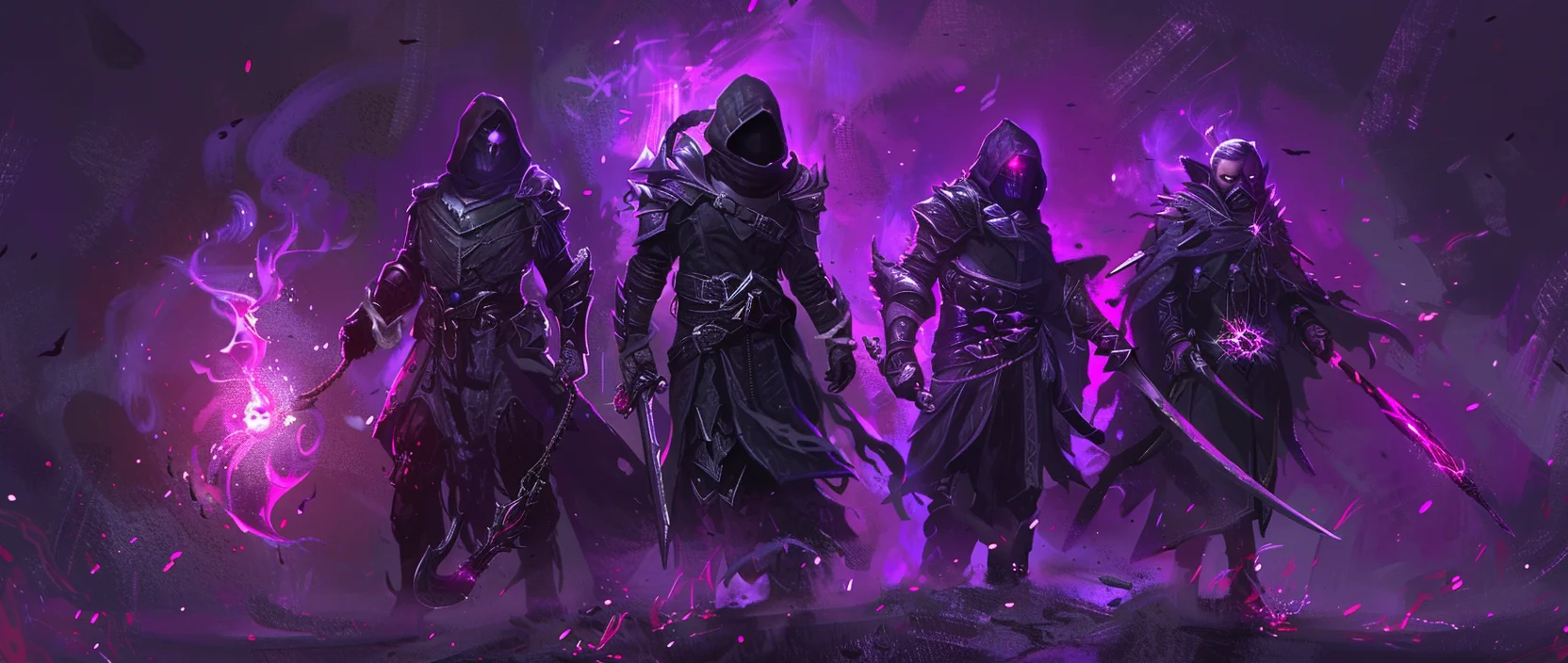Aria is a Web3-RPG that merges classic role-playing mechanics with Play-to-Earn opportunities and an NFT-based economy. The game offers immersive storytelling, world exploration, and character progression, while enabling players to own and trade in-game assets.
Contents
- What Is Aria and Its Core Concept
- Gameplay Mechanics and Features
- Tokenomics, NFTs, and Internal Economy
- Ecosystem Context and Comparison
- Advantages and Limitations
- Conclusion

1. What Is Aria and Its Core Concept
Aria is a scalable RPG blending classic narrative gameplay with decentralized governance and the $ARIA token. Developed by inutan.x and featured on playariagame.com, the game takes place on Nursery Island, where players enroll as students of the Theodorik Adventurer Academy. The lore centers on an ancient conflict between the elves of Aria and a sinister entity known as Satanic.
The platform integrates Play-to-Earn mechanics, allowing users to earn digital assets through in-game activities. According to Messari, Aria enables players to obtain NFTs and other crypto-assets that can be upgraded or traded. These tokens serve both as game tools and elements of real-world value within the Web3 ecosystem.
Early beta testers highlight the game’s strong exploration elements, flexible character progression, and deep upgrade systems. Combining captivating narrative, gameplay depth, and digital ownership, Aria positions itself as a promising Web3 project appealing to both traditional RPG fans and crypto-native users.
2. Gameplay Mechanics and Features
Aria fuses traditional RPG elements—quests, character growth, item crafting—with GameFi economics. Set on Nursery Island, players complete missions, enhance heroes, and interact with the world. Beta feedback highlights style variety and deep customization, including role choices like warrior, mage, or artisan.
Key Features:
- Story-driven missions and zone exploration
- Character, skill, and equipment development
- Item crafting and in-game trading
- Integration of narrative and blockchain mechanics
The game emphasizes personalization and long-term progression. Players not only participate in adventures but craft unique development paths, increasing the value of in-game assets and strengthening the link between experience and ownership.
3. Tokenomics, NFTs, and Internal Economy
Aria’s economy revolves around its native token $ARIA, which serves essential roles in gameplay interactions and potentially in staking or governance.
Main economic components include:
- $ARIA Token: used for in-game purchases, character upgrades, and possibly staking mechanisms.
- NFT Assets: They represent characters, equipment, items, and potentially land plots. These NFTs can be upgraded, traded, or used to gain in-game advantages.
- Limited Emission: the token is expected to follow a deflationary model with capped supply.
- Burn Mechanisms: though the whitepaper is not yet published, token burn features typical for Web3 RPGs are anticipated to control supply and increase value.
Aria aims to ensure the in-game economy is both functional and integrated with the storyline—enhancing engagement through valuable digital ownership and monetization options tied to gameplay progression.

4. Ecosystem Context and Comparison
Aria enters a competitive Web3-RPG market where storytelling blends with player-driven economies. Unlike larger MMORPGs like Legends of Aria (Britaria), this project focuses on narrative progression, intuitive gameplay, and NFT integration.
The game follows established GameFi models, where user actions impact the economy directly. Aria offers a compact, accessible, mobile-friendly format while retaining asset ownership and earning potential. Its low entry barrier and user-centric UX make it suitable for Web3 newcomers.
Thus, Aria doesn’t directly compete with AAA titles, but instead occupies a space between casual mobile RPGs and blockchain-native platforms—delivering a compelling entry point into blockchain gaming.
5. Advantages and Limitations of Aria
Like most Web3-RPGs, Aria offers an innovative blend of gameplay and digital economics. The project carries both strengths and common industry limitations, outlined below:
| Advantages | Limitations |
|---|---|
| Free-to-play model and accessible narrative gameplay | Lack of complete documentation and detailed tokenomics |
| Integration of Web3 and NFTs | Unclear long-term economic sustainability |
| Positive beta feedback on exploration and customization | Speculative risks common in GameFi ecosystems |
| Asset ownership and character development | Dependence on token and NFT price stability |
Aria shows potential as an accessible RPG with Web3 components. However, players are advised to engage cautiously—starting with minimal investment, testing gameplay, and evaluating the model’s sustainability over time.
6. Conclusion
Aria attempts to merge classic RPG elements with Web3 infrastructure powered by the $ARIA token, NFT ownership, and digital asset mechanics. It promises exploratory gameplay, story depth, and character customization—appealing to both traditional RPG enthusiasts and GameFi users.
Still, a full project evaluation depends on the release of technical documentation, tokenomics, and a clear roadmap. Until then, Aria remains a promising GameFi concept with scale-up potential—provided the economic model is transparent and community-driven.




